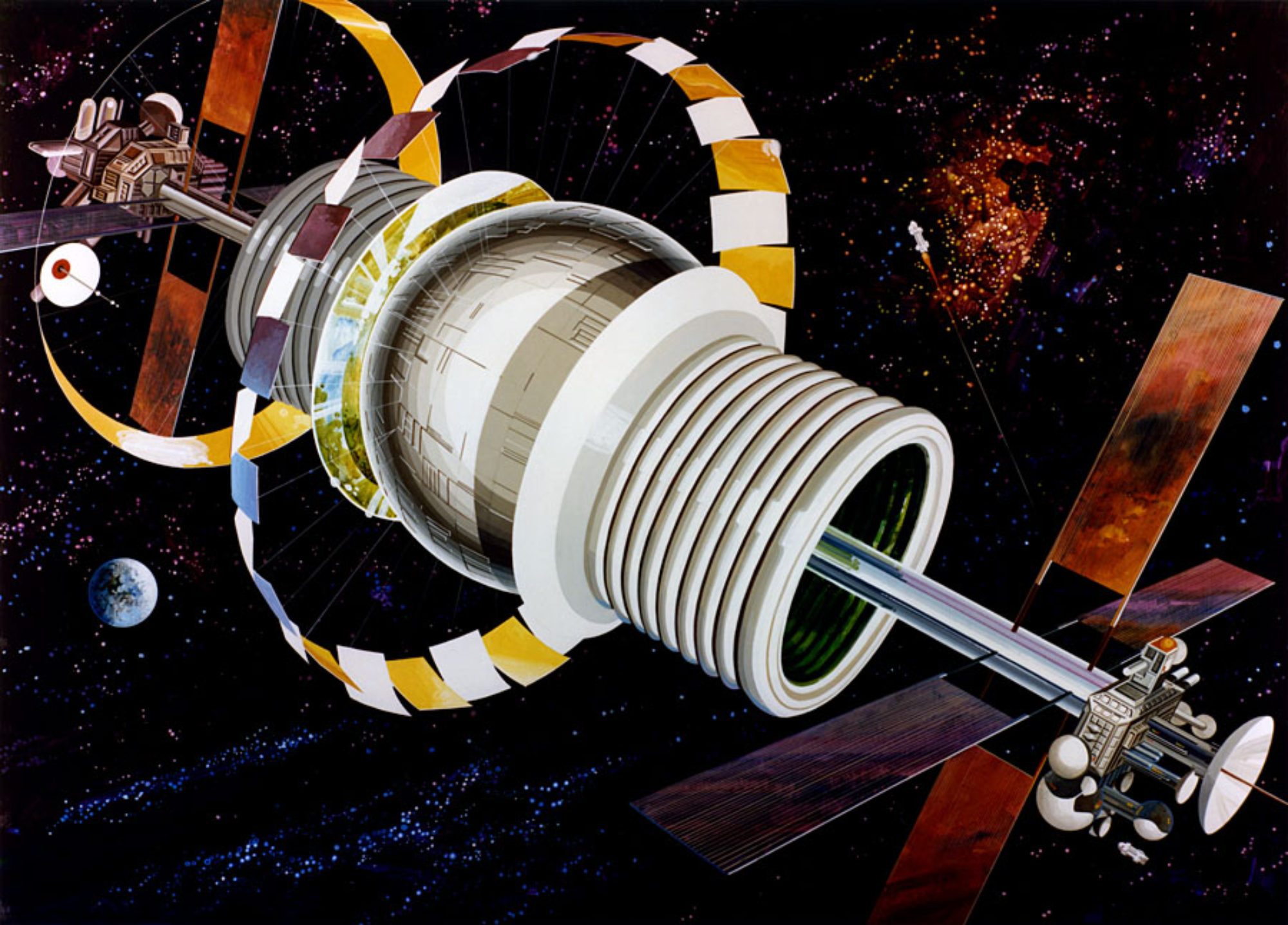
NASA has just announced the winners of the Breaking the Ice Lunar Challenge, an incentive program for companies to investigate new approaches to ISRU for excavating icy regolith from the Moon’s polar regions. The agency will be awarding half a million dollars in cash prizes and Redwire Space headquartered in Jacksonville, Florida won first prize scoring $125,000 for its elegantly designed two rover lunar excavation system. The criteria used by NASA to select the winners was based on maximum water delivery, minimum energy use, and lowest-mass equipment.
Upon delivery by a lunar lander near a shadowed crater in the Moon’s south polar region, a multipurpose Lunar Transporter (L-Tran) carrying a Lunar Regolith Excavator (L-Rex) rolls down a ramp to begin operations on the surface. The rover transports the excavator to the target area where icy regolith has been discovered.

The L-Rex then drives off the L-Tran to start collecting regolith in rotating cylindrical drums on the front and back of the vehicle.


When the drums are full, L-Rex returns to the rover and deposits its load in L-Tran’s storage bed. L-Rex repeats this process over many trips until L-Tran is loaded to capacity at which point the rover returns to a processing facility to separate the water from the regolith.


Upon separation into purified frozen ice, L-Tran is once again loaded up with the product for transport to a station for storage or perhaps, further processing. No further details were provided but the final process is presumed to be electrolysis of the water into useful end products such as H2 and O2 for rocket fuel or life support uses, plus simply storage as drinking water for human habitation.

The second place prize of $75,000 was awarded to the Colorado School of Mines in Golden, Colorado for its Lunar Ice Digging System (LIDs). The LIDS proposal has three rovers – an excavator, regolith hauler, and water hauler each of which would be teleoperated from a nearby lunar surface habitat.
Austere Engineering of Littleton, Colorado won the $50,000 third place prize for its Grading and Rotating for Water Located in Excavated Regolith (GROWLER) system. The system weighs slightly more then a school bus tipping the scales at an estimated mass of 12 metric tons.
A second phase of the challenge, if approved, could move the proposals into hardware development and a future demonstration mission toward eventual support of lunar habitats and a cislunar economy.
Checkout Redwire’s animation of their lunar excavation system:


